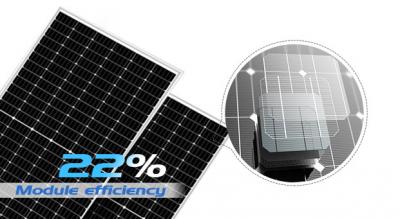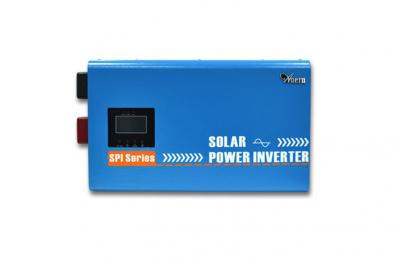
In recent years, industrial and commercial distributed photovoltaics have seen rapid growth among new photovoltaic generator installations, making it the highest proportion of photovoltaic power generation projects. So, how should one choose the commercial solar power solutions that have garnered widespread public attention?
After determining the model and quantity of the components for the commercial solar power solution based on factors such as the location of the project and the area size, it's necessary to choose inverters with suitable parameters based on the total power generation of the components and the parameters like short-circuit current and open-circuit voltage.
Power selection: appropriately exceed, due to various factors such as building shadows, component dust, and fluctuations in irradiance due to different weather, the actual power generation of photovoltaic components will be less than their rated power generation. Therefore, if the inverter's capacity matches the components' power generation in a 1:1 ratio, it will cause the inverter to operate in a non-full load state for a long time, reducing the utilization rate of the inverter and resulting in a loss of power generation profit. Thus, the capacity ratio of components to inverters should be between 1.1 and 1.3, and the inverter needs to have the capability to handle this mismatch.
DC cables: generally, photovoltaic certified cables are chosen, commonly used is PV-F1*4mm², and the length of the cable should be as short as possible to reduce power loss in the cables.
AC cables: mainly divided into copper core cables and aluminum core cables, each with its advantages. Copper core cables have low resistivity, good ductility, and high strength. However, aluminum core cables weigh only 40% of copper core cables, and their per unit weight cost is lower than that of copper core cables, making aluminum core cables cheaper than copper core cables both in terms of cable cost and in transportation and installation costs. Users should choose the cable material based on actual needs, and then determine the cable model by referring to the inverter's maximum output current and the corresponding cable current carrying capacity.
Communication method selection: In the operation of a photovoltaic power station, the station's power generation, electricity consumption, and electricity fed into the grid are major concerns for many power station owners, related to the power generation profit and operational status of the station.
Other component selection: Commercial Solar Power Solutions besides the most important photovoltaic components, inverters, and cables, it's also necessary to equip with photovoltaic module brackets, PV connectors, AC combiner boxes, grid connection cabinets, etc., according to actual application needs.


